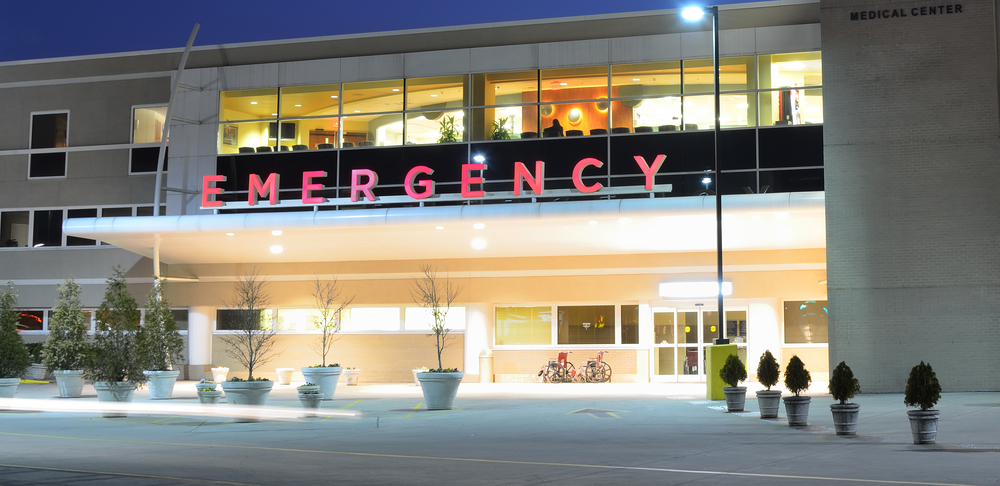
Each year, ECRI publishes a list of top patient safety concerns to call attention to safety risks that need to be addressed to keep patients and staff safe. Concerns on this year’s list are heavily influenced by the top concern on our 2022 list – staffing shortages. Staffing shortages continue to plague healthcare and are contributing to challenges related to the pediatric mental health crisis, violence against healthcare staff, mismatches between assignments and competencies, and missed care treatment.
The number-one concern on this year’s list recognized that children and youth are facing a mental health crisis that has been growing for years. Rates of anxiety and depression in those 17 and younger increased by nearly 30% in 2020 compared with 2016 (American Academy of Pediatrics). The number of emergency department visits for adolescent suicide attempts increased by 39% in winter of 2021 compared with winter 2019, per the Centers for Disease Control and Prevention.
The topics are selected based on a wide scope of data, including scientific literature, patient safety events or concerns reported to or investigated by ECRI, client research requests and queries, and other internal and external data sources. The top 10 patient safety concerns for 2023 are:
- The pediatric mental health crisis
- Physical and verbal violence against healthcare staff
- Clinician needs in times of uncertainty surrounding maternal-fetal medicine
- Impact on clinicians expected to work outside their scope of practice and competencies
- Delayed identification and treatment of sepsis
- Consequences of poor care coordination for patients with complex medical conditions
- Risks of not looking beyond the “five rights” to achieve medication safety
- Medication errors resulting from inaccurate patient medication lists
- Accidental administration of neuromuscular blocking agents
- Preventable harm due to omitted care or treatment









